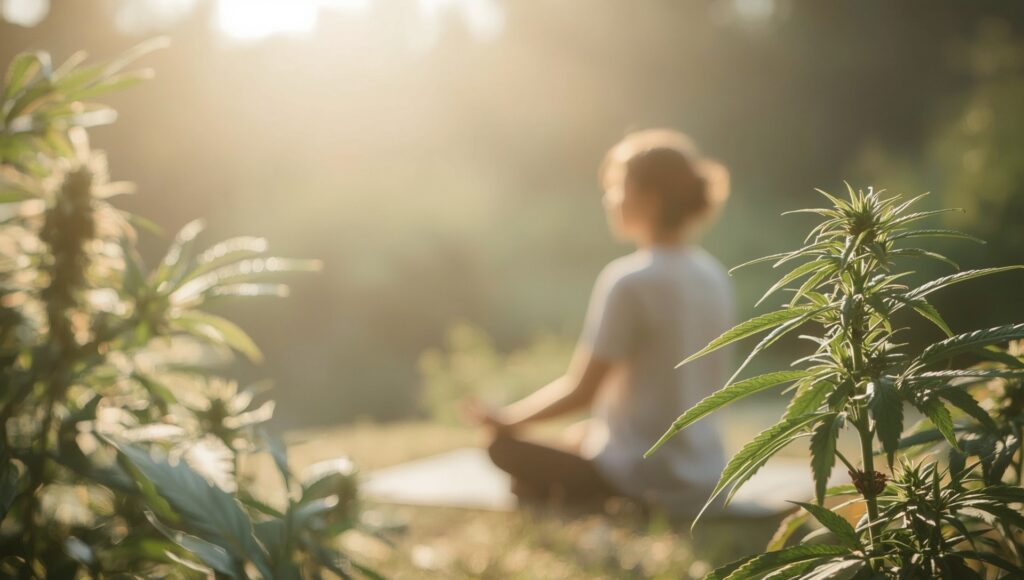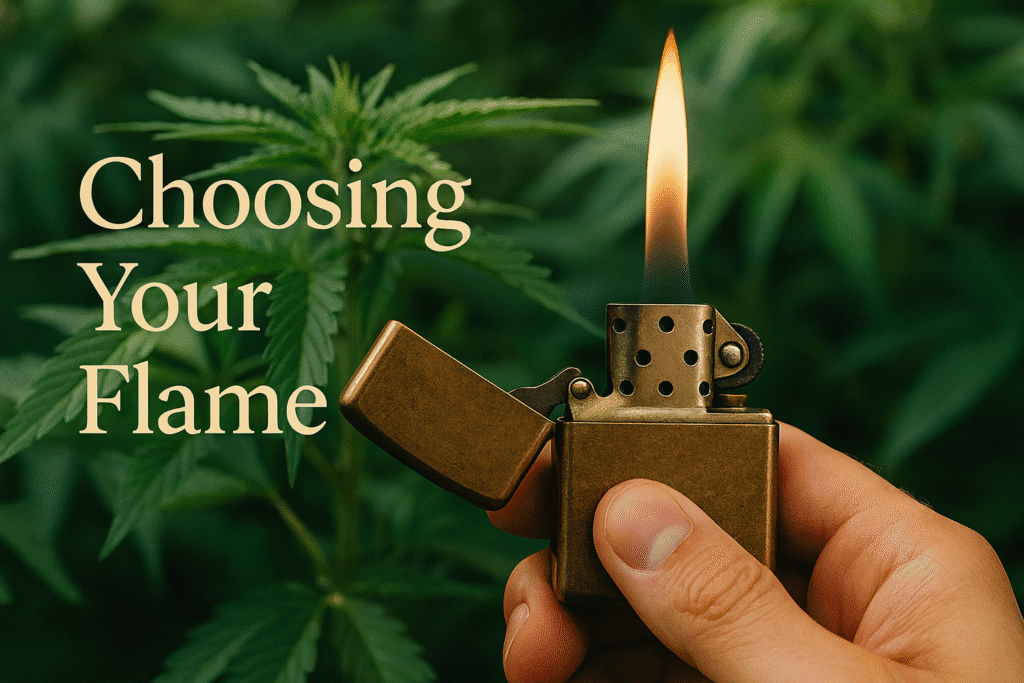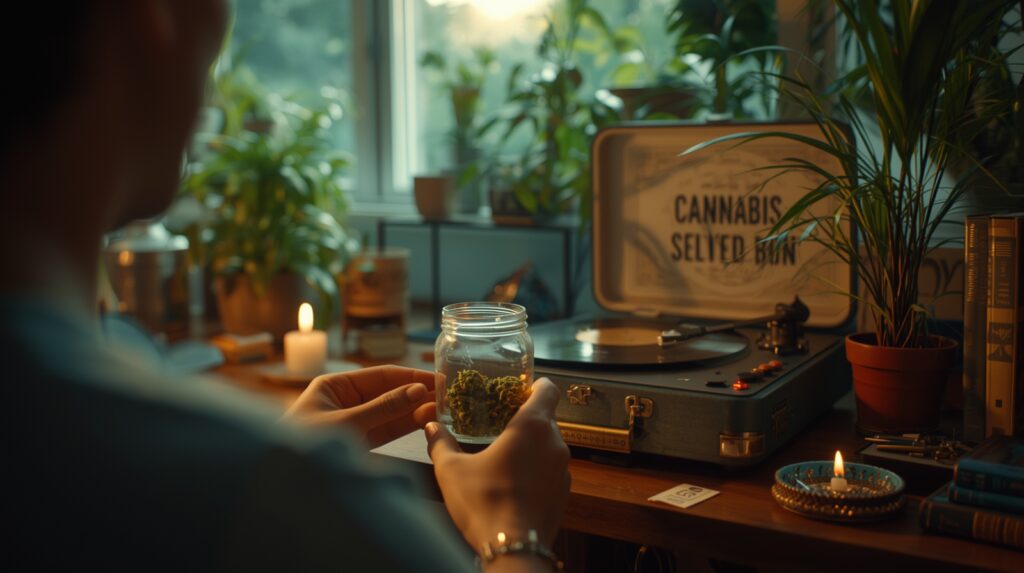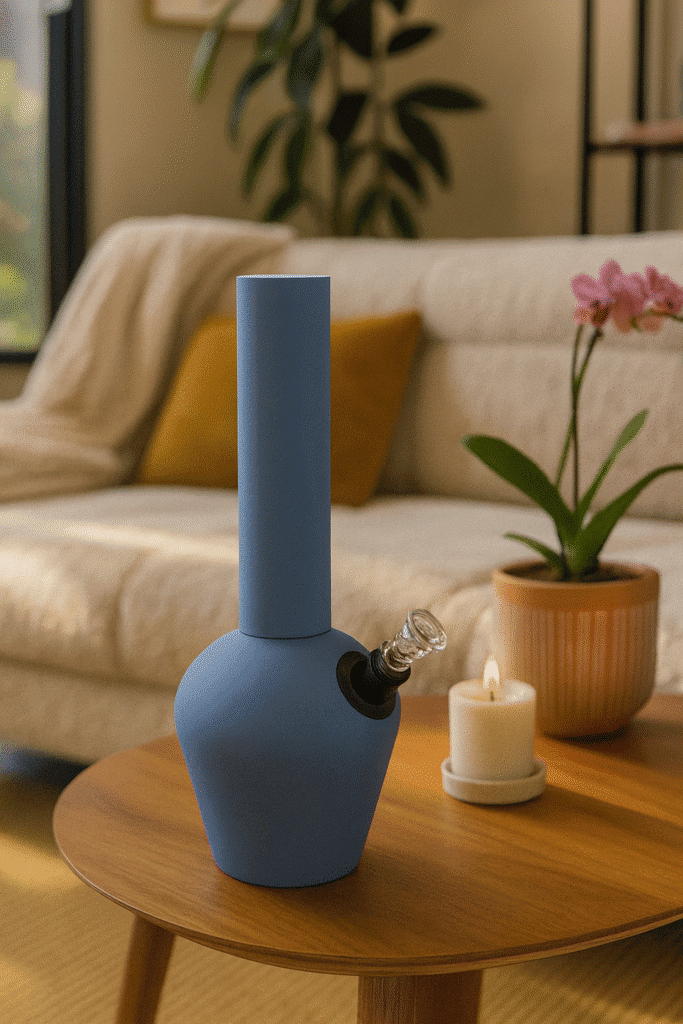A Shift in How We Think About Anxiety
For decades, anxiety treatment has been framed almost entirely around pharmaceuticals—SSRIs, SNRIs, and benzodiazepines prescribed to manage symptoms. But over the last ten years, cannabis has been edging its way into that conversation.
It isn’t just happening on the margins. National surveys show that more adults than ever are turning to cannabis, not just recreationally but with wellness in mind. By 2022, more people in the U.S. reported using cannabis daily than drinking alcohol daily—a striking reversal of cultural norms. In countries like Australia, anxiety has become one of the most common reasons doctors prescribe medicinal cannabis, reflecting a broader shift in attitudes about its potential role in mental health.
This isn’t just about legalization or access. It’s about a growing openness to alternative tools for self-care, and cannabis is becoming part of how people imagine taking control of their mental wellbeing.
The Science of Calm
Cannabis has always been a paradox: capable of quieting the mind or, in some cases, stirring it into overdrive. That tension is especially important when talking about anxiety.
CBD, one of cannabis’s main compounds, has gained attention for its calming potential. In small clinical studies, CBD has been shown to ease anxiety in scenarios like public speaking or social stress. Unlike THC, it doesn’t create a “high,” and many users describe it as a softening of edges—less rumination, more breath.
THC tells a more complicated story. At low doses, it can relax and soothe, which is why some people swear by an evening microdose to wind down. But when taken in higher amounts—or when the strain is too strong—THC can tip the balance, sparking racing thoughts or panic. Researchers consistently note this dual nature: anxiolytic for some, anxiogenic for others.
It’s part of why the science feels unsettled. We have evidence pointing both ways, and while many people report relief, researchers emphasize that much more long-term data is needed to draw clear lines.
How People Are Using Cannabis for Anxiety
Talk to people quietly experimenting with cannabis for their anxiety, and a pattern emerges. They aren’t looking for escape; they’re looking for balance.
For some, it’s the CBD tincture before a social gathering that helps quiet the internal dialogue. For others, it’s a low-dose edible at night that replaces the benzodiazepine they once relied on for sleep. A few are exploring balanced products that combine CBD with just enough THC to create calm without the spiral.
The appeal often lies in agency. Unlike pharmaceuticals that come in fixed doses, cannabis offers flexibility. People can adjust how much they take, how often, and in what form—whether a drop of oil, a vaporizer, or a capsule. That experimentation is empowering, though it can also be risky if not guided by medical advice.
Weighing Cannabis Against Traditional Medications
Comparing cannabis to prescription medication isn’t straightforward. Pharmaceuticals bring decades of clinical evidence and, for many, reliable symptom control. But they also come with side effects that can weigh heavily—sexual dysfunction, weight gain, fatigue, or emotional blunting.
Cannabis, especially CBD, is often described as gentler. Users talk about feeling more themselves, less medicated, and able to weave the experience into daily life. Yet it’s far from risk-free. Potency can vary widely between products, and the lack of standardization makes consistency difficult. Heavy, long-term use of THC carries its own risks, including dependency and, ironically, heightened anxiety in some cases.
So, is cannabis better? For some, yes—it’s a softer tool that fits into a lifestyle of wellness and ritual. For others, it can destabilize more than it soothes. The truth is that it isn’t about replacing one with the other; it’s about expanding the toolkit and making space for individualized care.
Toward a More Open Conversation
What’s clear is that cannabis is no longer on the sidelines of mental health discussions. It’s in living rooms, therapist offices, and even medical journals as a legitimate option worth considering. The stigma is thinning, replaced by curiosity and cautious optimism.
Anxiety affects millions, and the search for relief is personal. For some, prescription medication will remain essential. For others, cannabis offers a new way to participate in their own care—an approach that blends science, lifestyle, and ritual into something more holistic.
The green path isn’t a cure-all, but it is a sign of changing times: an acknowledgment that mental health care doesn’t have to be one-size-fits-all, and that finding calm may mean looking beyond the familiar.




